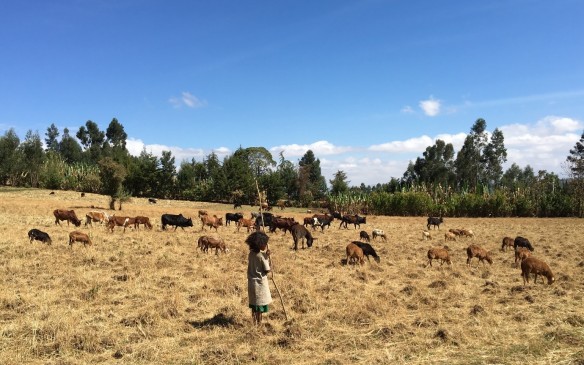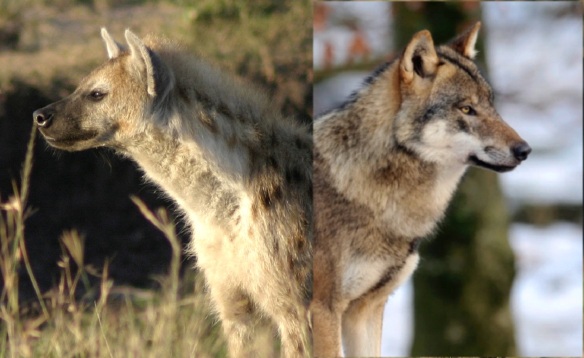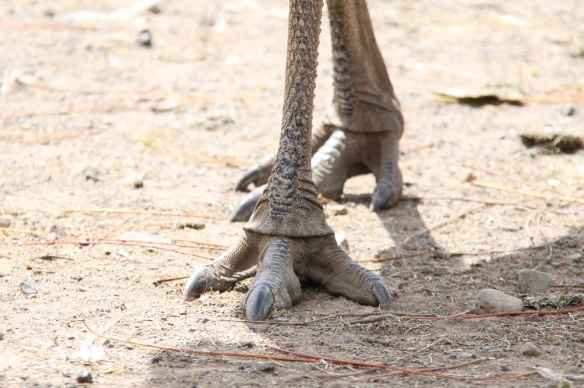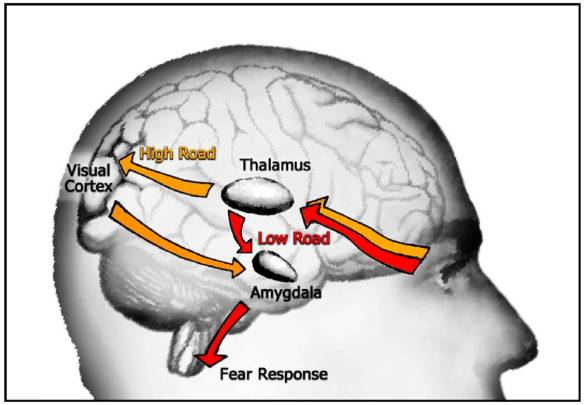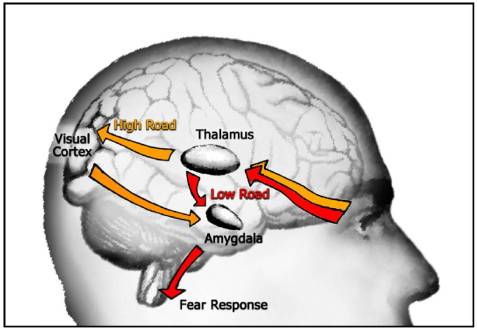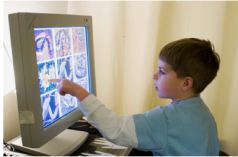I remember it was late at night and my wife was downstairs talking animatedly on the phone in Oromo. I figured she must be talking to family in Ethiopia. After she hung up, she came upstairs and explained to me that one of her brothers had been jailed. He’s a glass-half-full sort of guy so he wasn’t too upset about his situation and in fact he was pretty happy with the food and getting a free bottle of water each day. But what irked him was the reason he was jailed. He was on a bus from Addis Ababa, heading home to the family farm for a visit when security forces stopped the bus. They ordered everyone off and jailed all of the men on suspicion of being in transit to join one of the protests that were springing up across the country. It spoke of a paranoid government and lot of tension in the Oromo region. Protests were springing up like spot fires, and among the farming communities everyone was expected to participate. As I mentioned in my previous posts I was intending to re-visit Ethiopia and spend a year doing research on animal domestication – how the presence of hyenas influenced the choices of livestock animals. But the security situation had me postponing my visit month after month. By June 2016, an estimated 400 protesters had been killed by security forces and many more injured. Westerners in Addis Ababa were being advised not to venture outside of the capital. There was no way I would take myself, let alone my family into that war zone.
I needed to save my research project but with limited data from my fieldwork in Australia and next to no hope of going back to Ethiopia my original idea had hit a brick wall. I’d accepted that it was beginning to look pretty dead in the water but what of an alternative? Romania was an option. That country has an abundance of bears and wolves as well as a lot of small-scale livestock herding. I could see how those predators were influencing relations between herders and herded. But with only 18 months of my contract remaining it would be a tall order to plan and execute some meaningful fieldwork in a country to which I’d never been. At around this time my old pal, coincidence, decided to step in and guide me. A neighbour who knew that I was doing dingo research suggested I talk to a friend of hers. This friend had three dingoes who she kept as pets. At the same time I met someone who works for the forestry department and he told me about a seminar that he was organising featuring a man who kept native Australian bees. And it occurred to me that domestication might be something that was happening in real time in my own back yard. My mind started racing. I knew that crocodiles were being farmed in northern Australia and I’d seen emus on a farm just a few kilometres from my home. I knew also that barramundi and other fish species were being farmed in Australia because it said so on the supermarket labeling. I wondered if kangaroos were being farmed as well. And there before me was the next phase of my research: I would investigate the process of domestication as it unfolded with native species in Australia. It all made so much sense. Rather than applying an Ethiopian model to try and reconstruct domestication during the Neolithic, I would instead study domestication as a contemporary process. I’d see what sorts of human capacities farmers brought to the process and how domestication feeds back into society. I felt good about it. I’d be doing research in my home country, speaking my native tongue and without the presumptuous, world-is-my-oyster attitude that saw me go to Ethiopia to do hyena research 5 years previous. Whereas I felt like Ethiopia was a place that I’d exploited for research purposes, I didn’t have the same misgivings about Australia. And flushing toilets – how good are they! So I ran the idea past the principals of the research project, Agustín Fuentes and Celia Deane-Drummond. At the time we were at a conference in Durham. We took a break and got together in the corner of a pub where I laid out my idea. Celia was disappointed that I wouldn’t be revisiting Ethiopia but trusted my judgement. Agustín, as always, was enthusiastic about the new direction of the research. So I made the requisite adjustments to my ethics guidelines, checked up on what permissions I’d be needing, and before long I was on the road north to visit unconventional farms and homes where native Australian animals were being enfolded into the social and economic worlds of humans. I was about to bear witness to the new wave of domestication. 


